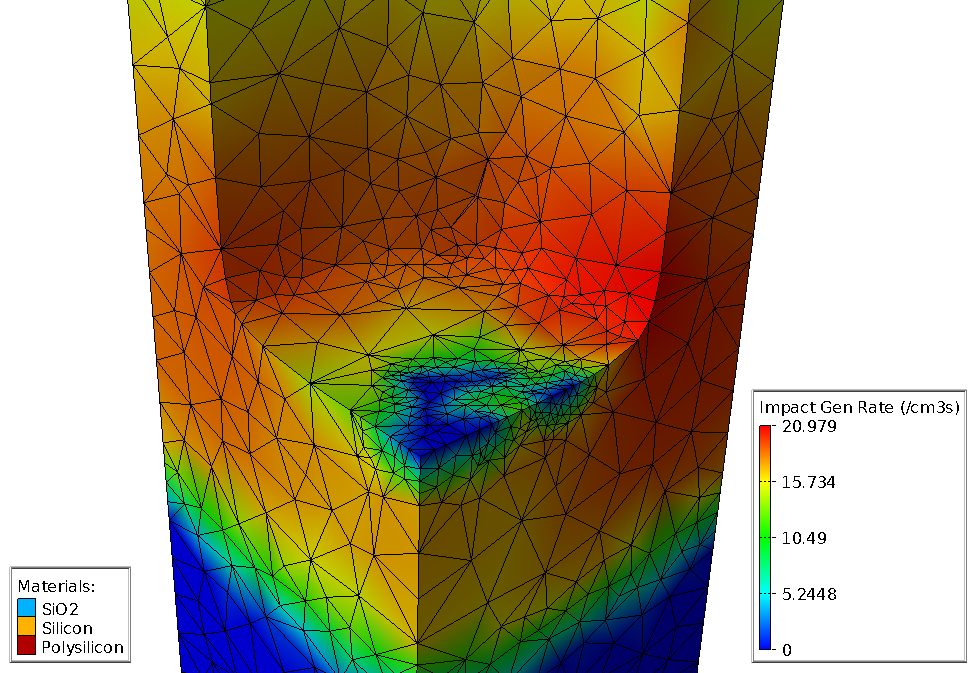Simulation Standard
Silvaco面向半导体工艺和器件仿真工程师推出的技术刊物

2020 TCAD Baseline Release – Device Simulation – New Features in 2020 Baseline Release
2020 TCAD Baseline Release Section 3:
Device Simulation – New Features in 2020 Baseline Release

Victory TCAD Suite: How to use it for fast, efficient, and accurate simulation of power semiconductor devices
Silvaco TCAD has been used by Tier 1 power device manufactures and designers for decades. The introduction of Victory Process, Victory Mesh, and Victory Device significantly increases the functionality and flexibility of the tool set available to designers. In this article we look at how some of the features of this suite of tools improve the efficiency of the design flow.

Hints and Tips: Specify Units in the Victory Process Material Statement
It is crucial for any kind of calculations that units are consistent between equations and modeling modules. Often different units are used in various experimental and theoretical fields. Therefore, we have introduced standardized unit conversions, making it possible to specify any desired units when changing parameters within the MATERIAL statement.

Hints and Tips: How do I Load, Remesh, and Refine an Existing Device Structure in Victory Mesh?
Victory Mesh initially supported loading and remeshing of the saved status from Victory Process. Victory Mesh 1.5.0 onwards is now able to load and remesh individual structure files (.str files), including associated scalar fields. These include the result of a device simulation from software such as Victory Device and Atlas.

Maverick: Hierarchical Netlist Extractor for PC Platforms
Diamond is considered to be the ultimate semiconductor material for high power and high frequency devices due to its superior electrical and thermal properties, such as high breakdown field, high carrier mobility, low dielectric constant, and high thermal conductivity, as shown in Table 1.

Next Generation CMOS Nanowire: From Atoms to Circuit Simulation
Abstract— A complete simulation flow for a Nanowire-based ring oscillator circuit is presented, where the active devices were simulated using an atomistic device simulator. The results of this simulation have been fitted to an active device SPICE compact model, specifically formulated for nanowire/Gate all around Field Effect Transistors” (FETs). Finally, the active devices were incorporated into a SPICE netlist including back end resistance and capacitance parasitics.

